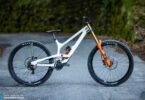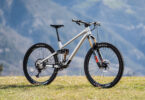Back Issue | Essay: Zeitgeist
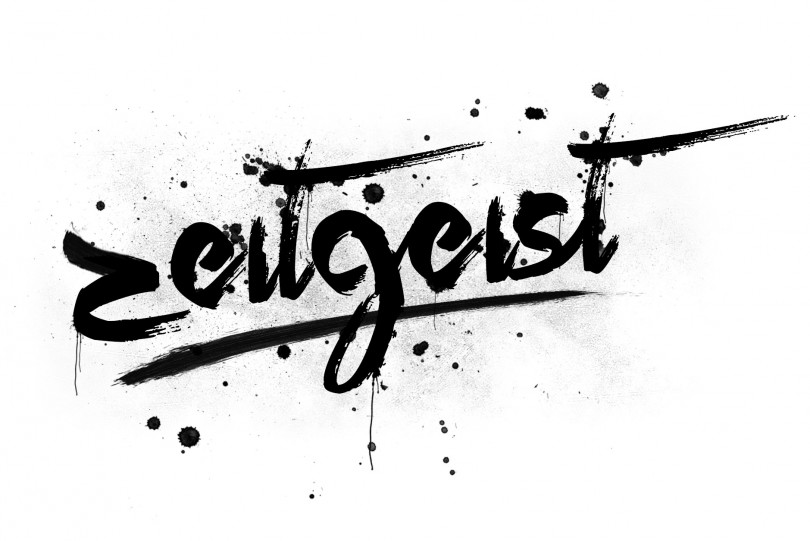
“29ers are gay!” – “I get 10% a discount online!” – “That bike looks like a copy of a Specialized Enduro!” – “E-Mountainbikes are shit!” – You can see and read similar statements on forums all over the world every day when reading about the newest trends and developments in the bike industry. However, it’s easy to forget that the criticism is often just nit-picking. If you can afford to buy a current bike, you have both money, time and a passion for technical knowledge — not really attributes that should awaken our deepest pity, if we’re being honest.
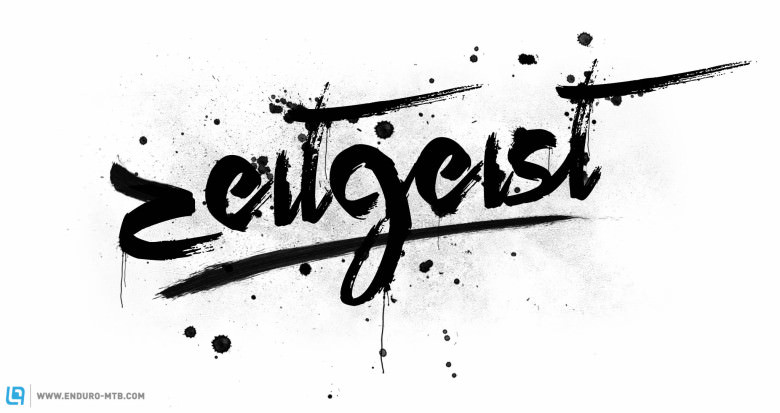
Sometimes it can be healthy to look at your own small world from the outside. Then you’d see the truth quite clearly: we’re all mad! Mad about bikes, mad about technical innovation, and mad about the latest trends. We fussily and vainly choose our clothing, components, and bikes to be colour co-ordinated; some of the girls even paint their nails based on a colour scheme. We manage to spend hours talking shop only to realise that on the trail the big “wow” effect never comes. We heatedly discuss the latest tech, the most efficient suspension, the lightest parts and the strongest bikes always in pursuit of the big aim — faster, lighter, better. At the same time, every new market trend or product causes outrage! It started with suspension forks, continued with disc brakes, and really got going with full suspension (a little reminder: less than ten years ago we were still asking out-loud whether there was a point to full suspension)! Then there was a discussion regarding dropper posts, and of course now the thorn in our side is the great e-MTB debate.
But every one of these developments helped us to ride more, ride better, and ride with greater safety. Who would want to sit on a heavy steel hardtail from the turn of the millenium? So why all the hot air?
how many of you use lifts or shuttles yet still get hot under the collar about e-mountainbikers, who just want one thing: fun.
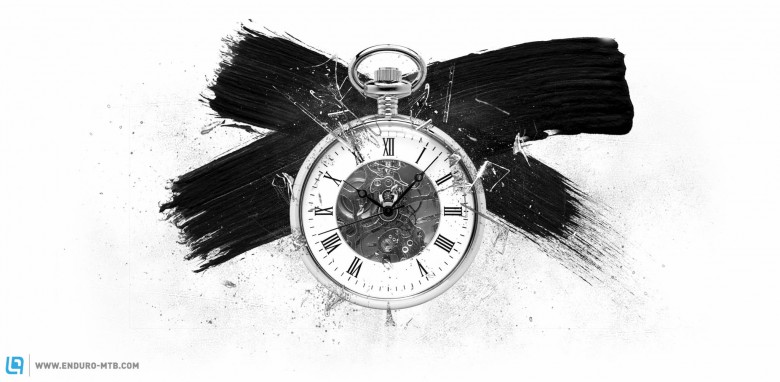
Times change, and with them the familiar surroundings, established norms, and balance of power. Many people find this tragic and are afraid of leaving their trusty harbour. Yet for others change brings opportunities — new times offer new chances. An unimaginable depth of information is available for comparison within seconds. This freedom changes both our habits and wishes:
We expect news immediately, want to see videos straight away, and expect to be able to compare prices directly and buy products when and where we want them. From a little village to the world wide web, the internet is available everywhere.
Now the big challenge is to keep perspective: to choose the media, information sources, and shops which suit our needs, and not to get lost in the sheer mass of limitless choices.
When shopping, the price is unfortunately the deciding factor for many, and that comes at a price. Price dumping satisfies our short-term greed, but brings numerous problems in the longer term. If everything just comes down to price and immediate use, then it’s easy to lose sight of what it is really important. Not ownership, but function is what counts. Sometimes a badly set-up mail order bike ends up more costly than a cheaper-specced but better-adjusted shop-bought bike. But buying offline is also no guarantee for happiness: bad advice can come from a bike shop too if personnel don’t spend enough time identifying your needs, or because the price wars have just lowered service levels.
Hence many have given up their ideals, as they are afraid they might not keep up with the Zeitgeist, or the pulse of the times. And it sometimes beats at 180 bpm. But just because others have declared a price war doesn’t mean that you need to join in and ignore the collateral damage.
After all, customers have never been more willing to spend their money on a bike, an experience, and having fun: in other words, “quality time.” You have to get away from the idea of wanting to do everything and serving everyone. The specialists are pulling away from the generalists in the market. What counts is the best solution. And for many, service, knowledge, and quality are also what counts.
because actually the world hasn’t changed that much. Just the way we interact and communicate has become a different one. Nowadays you need to be more flexible, mobile, and international. The market is changing faster than ever before and here the Zeitgeist reveals its savage side: if you don’t adapt to the times, you’ll be consigned to history. Stay true to yourself but reinvent yourself — this is the motto, or find your own niche. And so the bike industry brings out the latest trends, often short-lived, but sometimes lasting. The newest example: fat bikes (now available in carbon fibre, by the way). Practical use: very small. Potential customer base: small. Coolness factor: debateable. But you shouldn’t judge until you’ve tried, anything else would be baseless prejudice, just like on those online forum comments you can read.
The fact is, our industry is enormously varied. Just walk around Eurobike and you’ll see hundreds of brands vying for the attention of the consumer. A constant, omnipresent pressure to innovate hangs in the air. New, newer, newest — you’ve got to stand out from the competition somehow. The consequence: ever shorter production and product lifecycles, which make bikes uneconomical for the manufacturers and create problems for both retailers and consumers. If availability and repayment phases are not exactly aligned with the season, then the plan won’t pan out in the long term.
Yet it is remarkable that the industry can maintain such a high level of innovation. Engineers constantly fettle and test, and you can see the love that is put into every little detail far away from the rational dictates of development economics. Some of it disappears without trace, while some of it becomes a big success. But it is just this sort of technical evolution and revolution that has brought us to where we are today. Bikes have never been as light or as fast or as versatile as today.
And this versatility is exactly what the Zeitgeist demands: smart simplicity. The success of Spotify, Facebook, and numerous Apps is that at the touch of a button (very simply) you get exactly what you want. Instant gratification lies at the heart of this phenomena. The do-it-all bike has become a technical reality. Today’s enduro and trail bikes achieve exactly the right balance of lightness and all-round performance. The popularity of SRAM’s 1×11 drivetrain is a great example of the desire for greater simplicity. But can one product represent an epoch? In a word, no. But one word stands for much more than one product: #Enduro.
So what is it, this Zeitgeist, this spirit of our age?
The hashtag itself has become a synonym for our modern era. A sign for order and classification in the far reaches of the World Wide Web, a medium that has completely re-shuffled the cards. That a magazine like ours has been able to become global is living proof: within two years, we’ve gathered 25,000 iPad users, 200,000 Facebook fans, and 250,000 monthly readers in Germany, Europe, Asia and the USA.
The common thread is bikes. Actually, the common thread is the passion itself. Our readers cheerfully and energetically like, comment on, and consume the latest technical products, most exciting rides and travel locations, and race results regardless of their origins, language, or purchasing power. Bikes bring the world together! No matter whether 100mm race rockets or burly bike park machines — they connect us to a lifestyle and a passion, which can best be expressed as: drink coffee, ride epic trails, have a barbecue, enjoy beer, repeat! And of course the whole thing is done with friends, emphasising fun. Yes, there are races, battles, etc., but are they mostly not just a really good additional reason to ride epic trails?
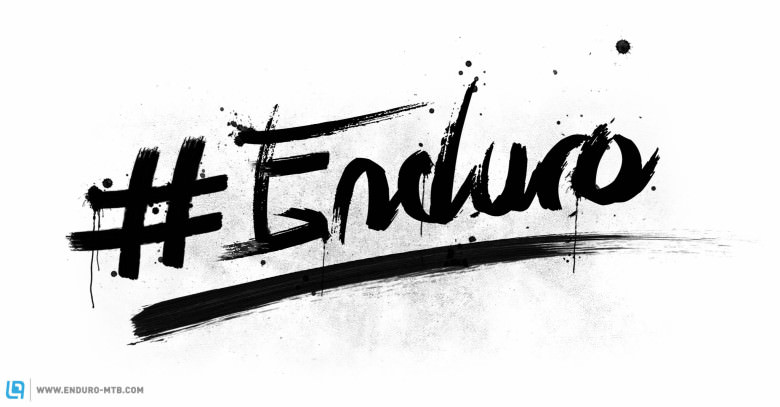
And so we’re back to #Enduro. Somehow everything is enduro these days. But it’s a fallacy to believe that enduro=mountain biking. After all, XC and DH also happen on (specialist) mountain bikes. Enduro embodies a full-circle style and philosophy: the bike industry wants to move away from the images of leg-shaved, lycra-clad race warriors and
breakneck downhill machines. Back to our roots: instead of DH stress and XC suffering, we have fun, action, and friendships on our bikes.
We are convinced: in the coming year, big technical improvements and a fundamental change of image will occur. And if that isn’t quite the Zeitgeist, then we’ll just make our own.
This article is from ENDURO Issue #012 – there are many other stories to explore! Check out the free magazine here!
Words: Robin Schmitt Images: Jannik Welz
Did you enjoy this article? If so, we would be stoked if you decide to support us with a monthly contribution. By becoming a supporter of ENDURO, you will help secure a sustainable future for high-quality mountain bike journalism. Click here to learn more.






